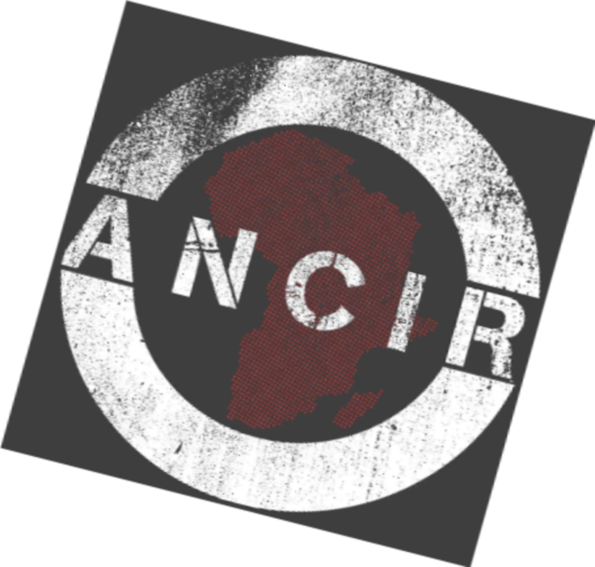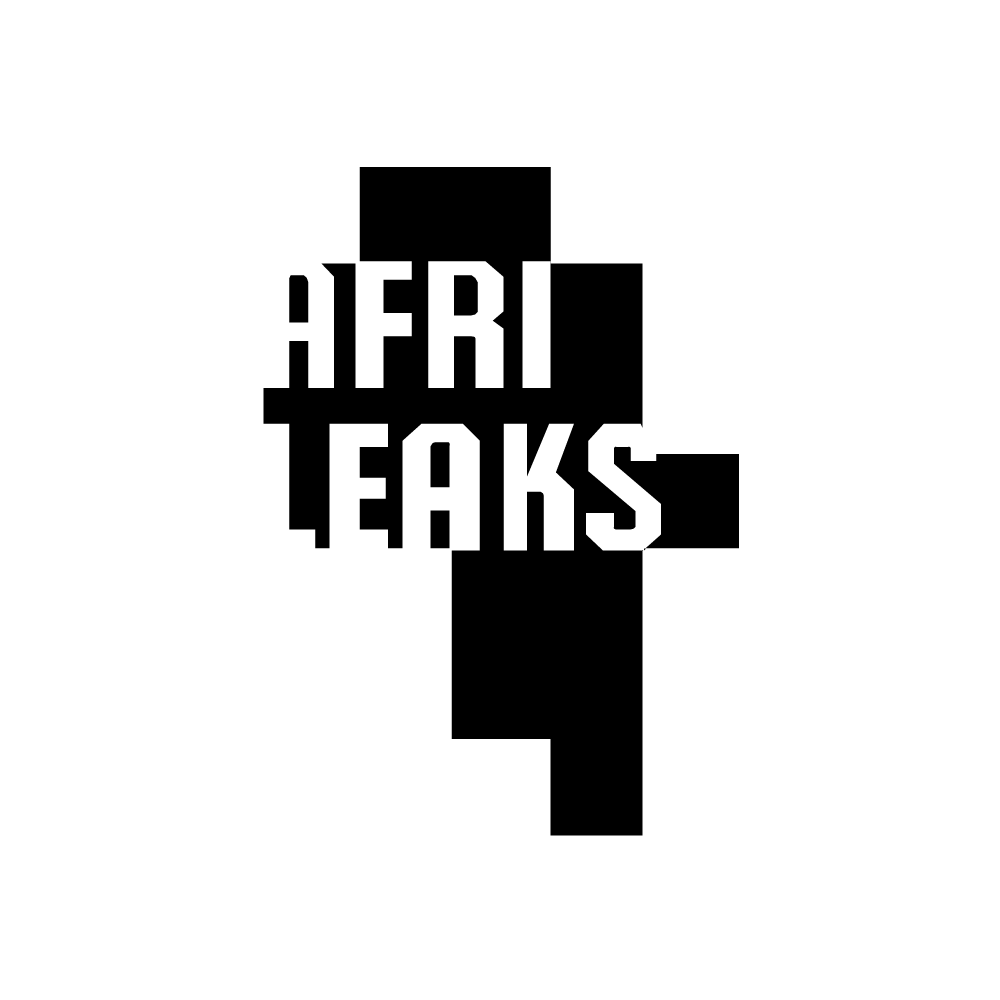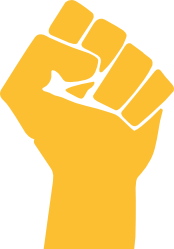Panama Papers unravel DRC mining concession deals
The leak of data from Panama-based law firm Mossack Fonseca, dubbed the Panama Papers, has thrown invaluable new light on the identities of the parties involved in the externalization of billions of dollars from the Democratic Republic of the Congo (DRC).
The DRC houses some of the richest, biggest and most prolific mineral assets in the world. But many mines were run down and essentially ruined during the dictatorial, nationalizing, era of Mobutu Seso Seko, from 1965 to 1997.
After the turn of the century, the DRC was faced with stark opportunities. The short history since then shows that the majority of profitable mining assets in the country have been used to enrich a small – but still-unidentified – number of Congolese nationals, along with a small number of foreign nationals, many of whom are known by name.
This enrichment has been achieved through a relatively simple process. A specific DRC mining asset (say, ABC) is sold to an offshore entity, which then sells it on – known as a “flip” – at a massive profit, to another entity. The new owner then raises cash in Western markets and re-develops ABC as a legitimate mining asset. These deals are conducted by entities registered in, or associated with, tax havens, such as the British Virgin Islands.
Key Participants
One of the best-known participants in the often unbelievably profitable DRC deals has been Daniel Gertler, an Israeli citizen. His name appears in more than 200 documents in the Panama Papers.
In March 2005, Gertler’s DGI (Dan Gertler International) formed a new firm, Global Enterprises Corporate (GEC), in partnership with Benjamin Steinmetz’s Global Resources (BSGR), and with former DRC mines minister, Simon Tuma-Waku, named as a “special adviser”. Steinmetz, also an Israeli citizen, is one of the biggest De Beers sightholders ‒ authorized bulk purchasers of rough diamonds. His name appears in 282 documents in the Panama Papers.
The key assets in GEC (later renamed Nikanor) were the Katanga province’s KOV, Tilwezembe and Kananga brownfields projects. Nikanor’s primary activities were at KOV (the Kamoto East, Oliveira, Virgule and FNSR orebodies). The objective at the massive ruined mine was to rebuild its facilities, with the aim of producing 250,000 tons a year of London Metal Exchange A-grade copper cathode and 27,500 tons a year of cobalt products. Copper output could be increased over time to 400,000 tons a year, potentially ranking Nikanor as a world-class mine.
Following a preliminary agreement dated 5 May 2004, a joint-venture (JV) agreement had been signed with DRC copper-cobalt parastatal La Generale Des Carriers et Des Mines (Gécamines) in September 2004. The final JV structure was held 75% by GEC and 25% by Gécamines. Total investment required for the project was put at between $600-700 million.
At the time, news of the deal started something of a battle with long-established Katanga copper-cobalt producer George Forrest’s Kinross-Forrest, which later emerged as Katanga Mining, the company that owned assets immediately adjacent to Nikanor’s. The assets of the two companies had previously been operated as a single, large unit; many argued that the assets should never have been separated in the new process of “privatization”.
At this stage Gertler had already been seen in the presence of DRC president Joseph Kabila and appeared to make no attempt to conceal their acquaintance. Gertler would jet into Kinshasa and leave the same night. Gertler, it would emerge, was also increasingly close to Kabila’s closest aide, Augustine Katumba Mwanke.
Immune to Criticism
Following the signing of the Gécamines-GEC JV in September 2004, the anti-corruption Lutundula Commission recommended, when filing its report in June 2005, that ongoing negotiations on the KOV basket of assets, among others, be halted. But on 13 October 2005, a presidential decree ratified the KOV agreement between Gécamines and GEC.
It should be noted that the DRC government often and invariably acts in a dictatorial manner, and one that is generally immune to criticism or scrutiny.
In July 2006 it emerged that Gertler and Steinmetz had placed GEC’S 75% share in KOV into a new corporate vehicle registered in the Isle of Man, Nikanor Plc. With JPMorgan Cazenove acting as advisers and brokers, Nikanor’s directors, headed by Jonathan Leslie (Rio Tinto’s former head of copper operations) launched a roadshow in London in mid-July 2006.
The initial public offer raised £400 million, based on a prospectus promoting Nikanor’s 75% interest in the KOV assets contributed by Gécamines. Nikanor achieved a market capitalisation value of $1.5 billion, and was hailed as the most valuable listing on London’s Alternative Investment Market.
After Nikanor was listed in London, Gertler held 15% of the entity, worth $225 million. Steinmetz controlled nearly 60% of the shares, now worth nearly $900 million. For this value of more than $1 billion, Gertler had initially paid just $3 million. When questioned on this, Gertler said, through an agent, that numbers were irrelevant: “what counted was the money promised for investment”.
While Nikanor had raised $380 million in cash when it listed in London in July 2006, it raised a further $777 million a year later. Much of the second tranche came by way of Glencore, the Switzerland-based commodities trader and resources investor.
Glencore (a name that appears in 660 documents in the Panama Papers) would later confirm that it was allocated 50 million new Nikanor shares. Half of the 50 million new shares allocated to Glencore were confirmed as having been applied for on behalf of Ruwenzori Limited, a special purpose vehicle which, according to Nikanor, is “managed by RP Capital in which a major shareholder is a discretionary trust, in which Dan Gertler is a potential ultimate beneficiary”. The Ruwenzori entity traced back to an address in the Cayman Islands.
The lesson from the listing of Nikanor in London was that Gertler had paid $3 million for assets which had realized a market value of more than $1 billion. Had the DRC government taken this to hand, it would surely have devised a simple international tender procedure for its mining assets, as it continued to privatize. What happened, in practice, was the opposite; Gertler’s activities only intensified, using the opaque waters of tax havens and minimal-disclosure jurisdictions.
Government and Stock Exchange Complicity
The DRC government has been complicit in these activities, as have investors on international stock exchanges. One of the most aggressive attacks on free enterprise started in January 2010, when Gécamines revoked a contract with Canada-listed First Quantum for a joint venture in the Kingamyambo Musonoi Tailings SARL (KMT) copper project.
Up to that time, First Quantum had spent around $750 re-developing a copper retreatment plant at KMT. Leaked evidence indicated that the majority stake in KMT had been sold in January 2010 to the Highwinds Group ‒ Highwinds Properties, Pareas Limited, Interim Holdings, and Blue Narcissus (each registered in the British Virgin Islands and each with a Gibraltar address). The Highwinds Group, as it turned out, was ultimately owned by Gertler. The sellers of KMT were the DRC government, Gécamines, and the La Société Immobilière Du Congo.
The leaked contract stipulated that Highwind would pay $60 million for the assets as a signature bonus. ENRC, a Kazakhstan-based entity, spent $689 million buying control of a stake in KMT, when it bought control of Camrose, which owned the Highwinds entities. For Gertler, the stakes were apparently rising: in this case, for realising value of nearly $700 million, he had had to pay $60 million upfront.
Criminal Investigation
There has been some justice, in a sense, in response to these dubious activities. During 2012 Fasken Martineau, a law firm, recovered $1.25 billion in the case of First Quantum vs Highwinds and Others. The settlement went further in that ENRC also purchased First Quantum’s residual claims and assets in the DRC.
During April 2013, the UK’s Serious Fraud Office opened a criminal investigation into ENRC’s business practices. ENRC stated that the UK authorities were investigating whether it had breached Britain’s rules for listed companies, specifically with acquisitions made in the DRC. In November 2013 ENRC de-listed from the London Stock Exchange
The DRC has long ranked at the forefront of illustrating the billion-dollar “leakages” associated with opaque concession trading. Towards the end of 2010, the DRC government agreed to publish all mining and oil contracts. In 2011, it signed a decree requiring that contracts for any cession, sale or rental of the state’s natural resources be made public within 60 days of their execution.
In 2012, however, the International Monetary Fund (IMF) stopped a loan programme after the DRC government failed to publish full details of a yet another mining deal, involving Gécamines, for a stake in a major copper concession. The recipient was a company registered in the British Virgin Islands.
Following the IMF’s decision to halt three tranches of loans totalling about $225 million, the African Development Bank announced that it was withholding a planned $87 million in budget support. The World Bank had briefly suspended loans in 2010 because of related concerns over concession arrangements.
Illicit Practices ‘Staggering’
If government commitments are not serious, what other steps can be taken? In its reaction to the Panama Papers, the African Union (AU)/United Nations Economic Commission for Africa (Uneca) High Level Panel noting that Mossack Fonseca had “worked with more than 14,000 banks, law firms, company incorporators and other middlemen to set up companies, foundations and trusts for customers.”
“The papers elaborately bring to light issues that the AU/UNECA’s High Level Panel on Illicit Financial Flows from Africa vigorously underscored in the findings in its report released and endorsed by African Heads of State and Government in January 2015.”
Thabo Mbeki, chairman of the High Level Panel, said: “The papers confirm the existence of a network of offshore accounts and complex investment vehicles that drive tax avoidance and evasion. Until now warnings against such vehicles have been taken lightly. The staggering amount of illicit practices and the large number of global actors exposed by the Panama Papers demonstrate that governments of Africa and the rest of the world cannot avoid firm action.”
In a major 2013 study, the African Progress Panel, chaired by Kofi Annan, stated that hundreds of offshore-registered companies were linked to investments in extractive industry concession trading in Africa. The panel noted that many are registered in traditional tax havens, such as the Cayman Islands, the British Virgin Islands and Bermuda.
Some are associated with shell companies registered in the UK, while others are integrated into networks that extend from offshore private banking and trading centres in Switzerland or the US.
Offshore trading makes it possible for investors to hide the real beneficial owners, or the ultimate beneficiaries, of companies. The panel stated that by using multiple investment vehicles, a practice known as “layering”, compounds the problem. The panel stated that this practice is widespread in Africa.
One company operating in Sierra Leone in 2011 used three separate offshore holding companies (two registered in Guernsey and one in Bermuda) with a primary owner registered in Bermuda, that was in turn owned by three separate holding companies (two of which were registered in London and one in China).
Mbeki argues that “we should not misconstrue the release of the Panama Papers as a time for celebration or an end in itself. To the contrary, it is rather a time for deep reflection and regret that we have allowed the practice to persist which is made possible among others by the existence of tax havens/financial secrecy jurisdictions. Now is the time for the global community to act in a firm and comprehensive manner to end the illicit financial flows and close down the tax havens/financial secrecy jurisdictions.”


